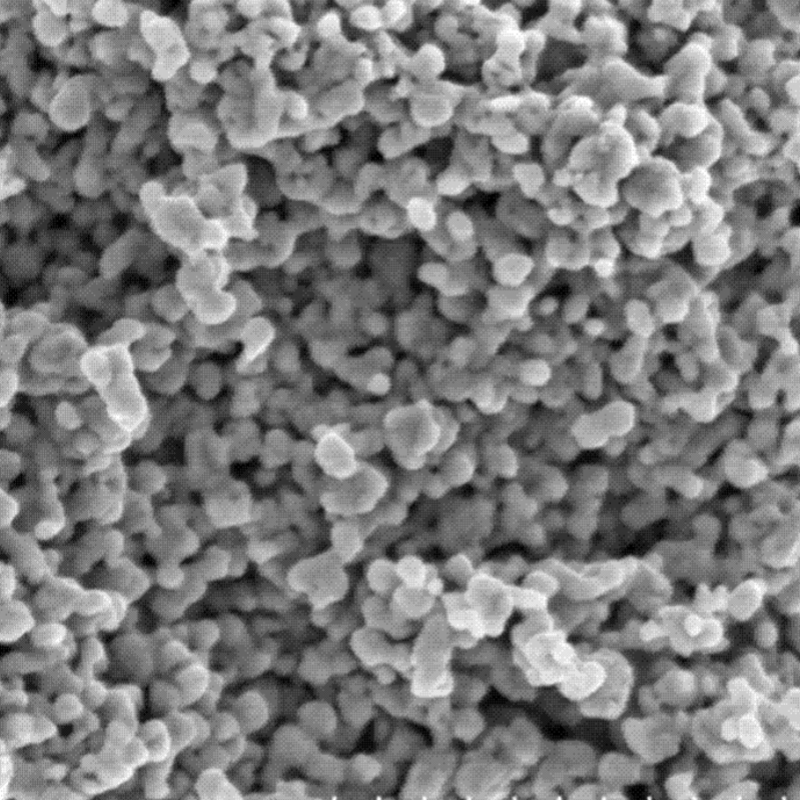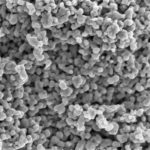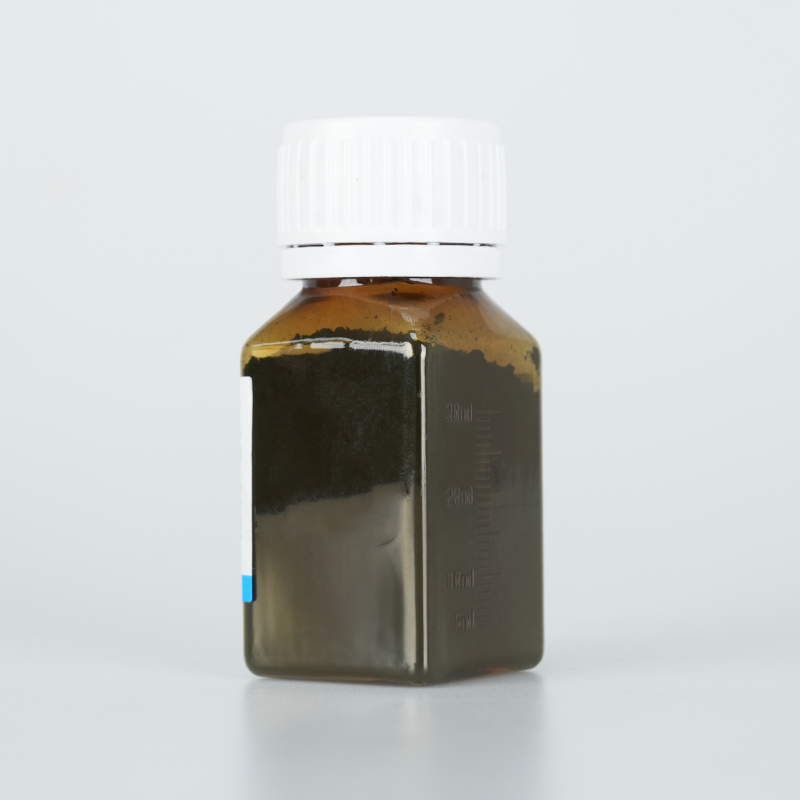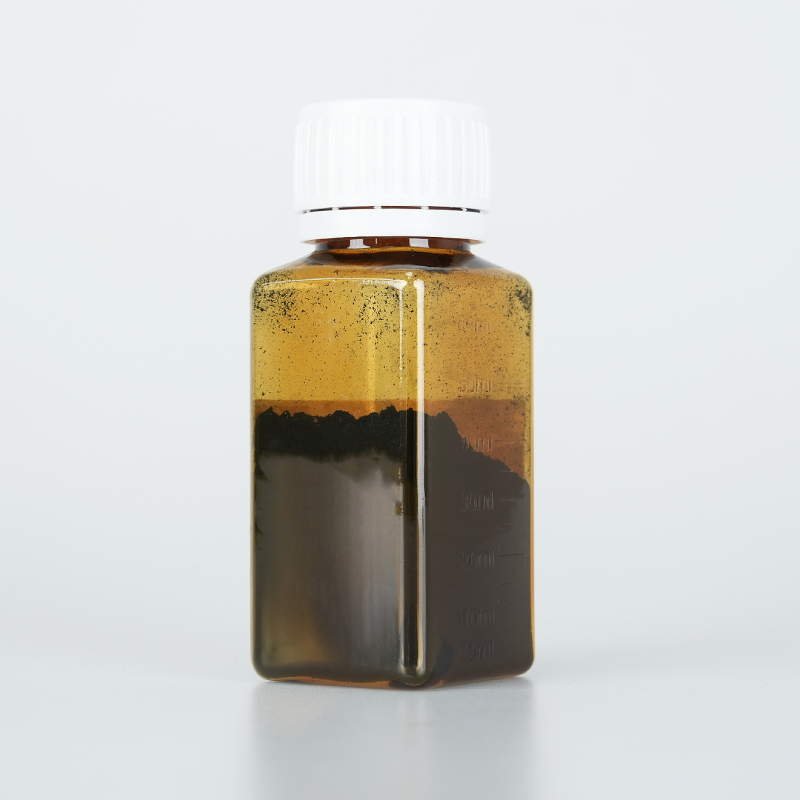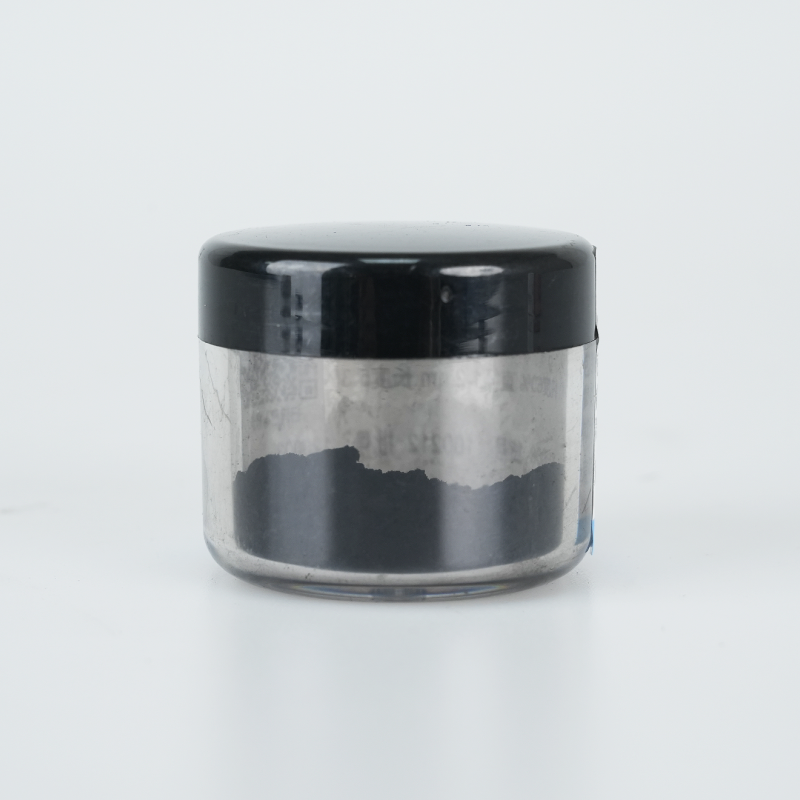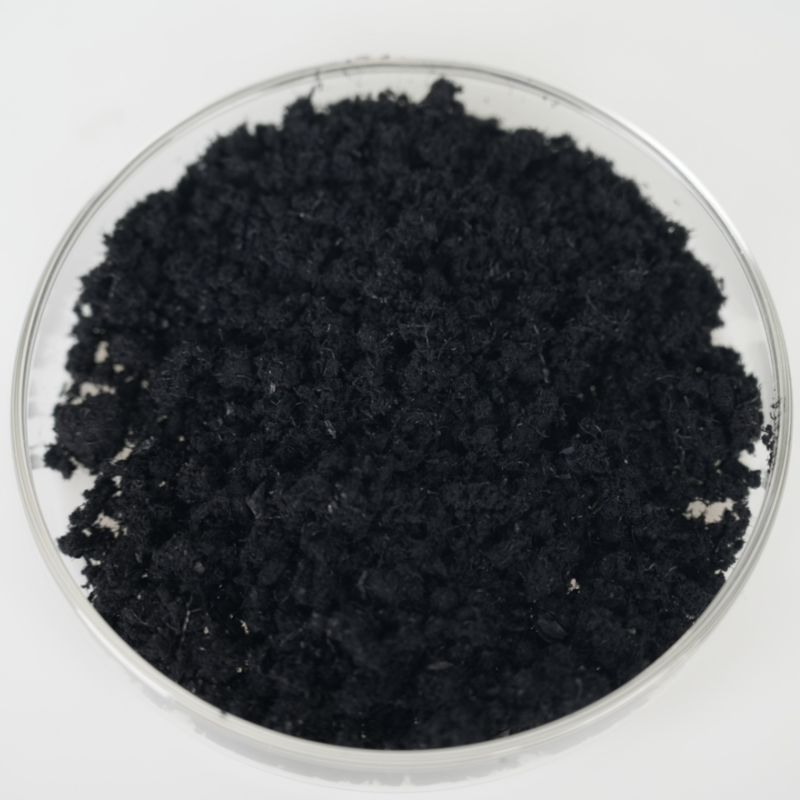Copper oxide (CuO) nanoparticles provide optimized catalytic activity, superior electrical conductivity, and enhanced thermal stability. Designed for sensors, batteries, and environmental applications, they ensure efficient charge transport, extended durability, and high adaptability.
Product Overview
Copper Oxide (CuO) is a p-type semiconductor with a narrow bandgap of 1.2 eV. It has widespread applications in the fundamental research of high-temperature superconductors and giant magnetoresistance materials. Copper oxide nanoparticles, composed of copper and oxygen, exhibit excellent electrical, magnetic, and optical properties. Various forms of copper oxide nanostructures, including zero-dimensional nanoparticles, one-dimensional nanotubes, nanowires/rods, and two-dimensional nanosheets/membranes, show unique properties and have extensive potential applications.
Key Features
- Size Effect: The nanoscale size of CuO nanoparticles gives them a high surface area and surface activity, resulting in properties that differ significantly from traditional copper oxide in chemical reactions and catalysis.
- Optical Properties: CuO nanoparticles exhibit unique optical properties such as absorption, scattering, and luminescence in the visible and ultraviolet regions, making them suitable for optoelectronics and photocatalysis.
- Electrical Properties: These nanoparticles have high electrical conductivity and electrochemical activity, making them suitable for electronic devices, sensors, and battery applications.
Applications
- Catalysts: CuO nanoparticles show excellent catalytic activity and selectivity, widely used in organic reaction catalysis, gas treatment, and environmental purification processes.
- Energy Storage and Conversion: These nanoparticles exhibit outstanding electrochemical performance in lithium-ion batteries, supercapacitors, and other energy storage and conversion devices.
- Biomedical Applications: CuO nanoparticles have great potential in biomedical fields such as antibacterial materials, drug delivery systems, and biosensors.
- Electronics: Used to prepare conductive inks, conductive adhesives, and flexible electronic materials, CuO nanoparticles are widely applied in the electronics industry.
| Parameter | Description |
| State | Black powder |
| Diameter | 10-50 nm |
| Purity | ~99% |
| Surface area | ~33.8 m²/g |
| Composition | CuO |
 new material
new material

